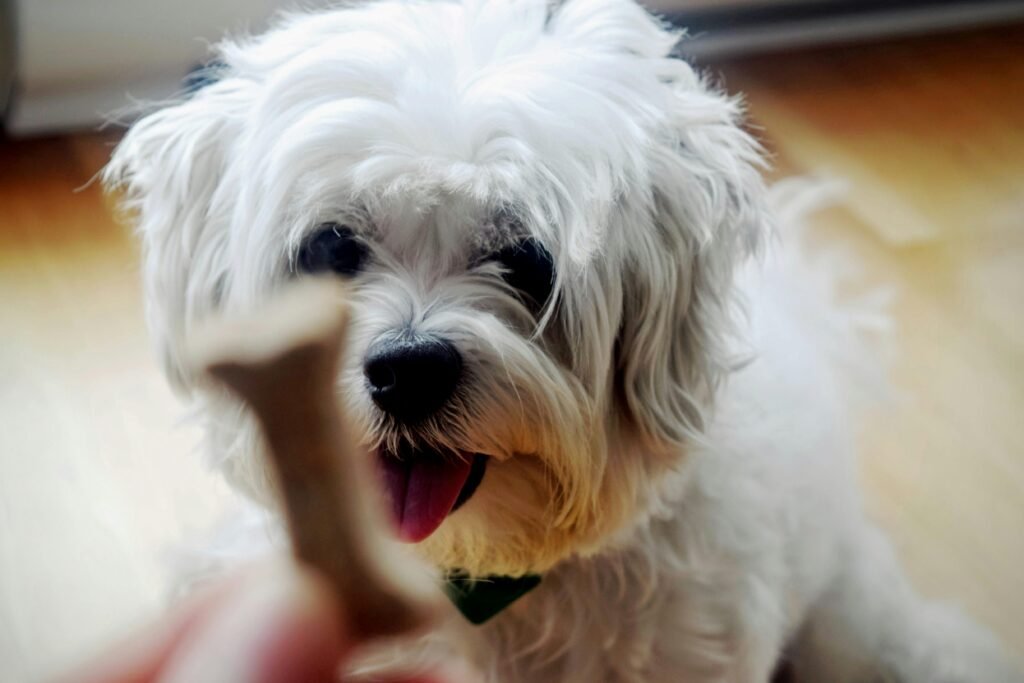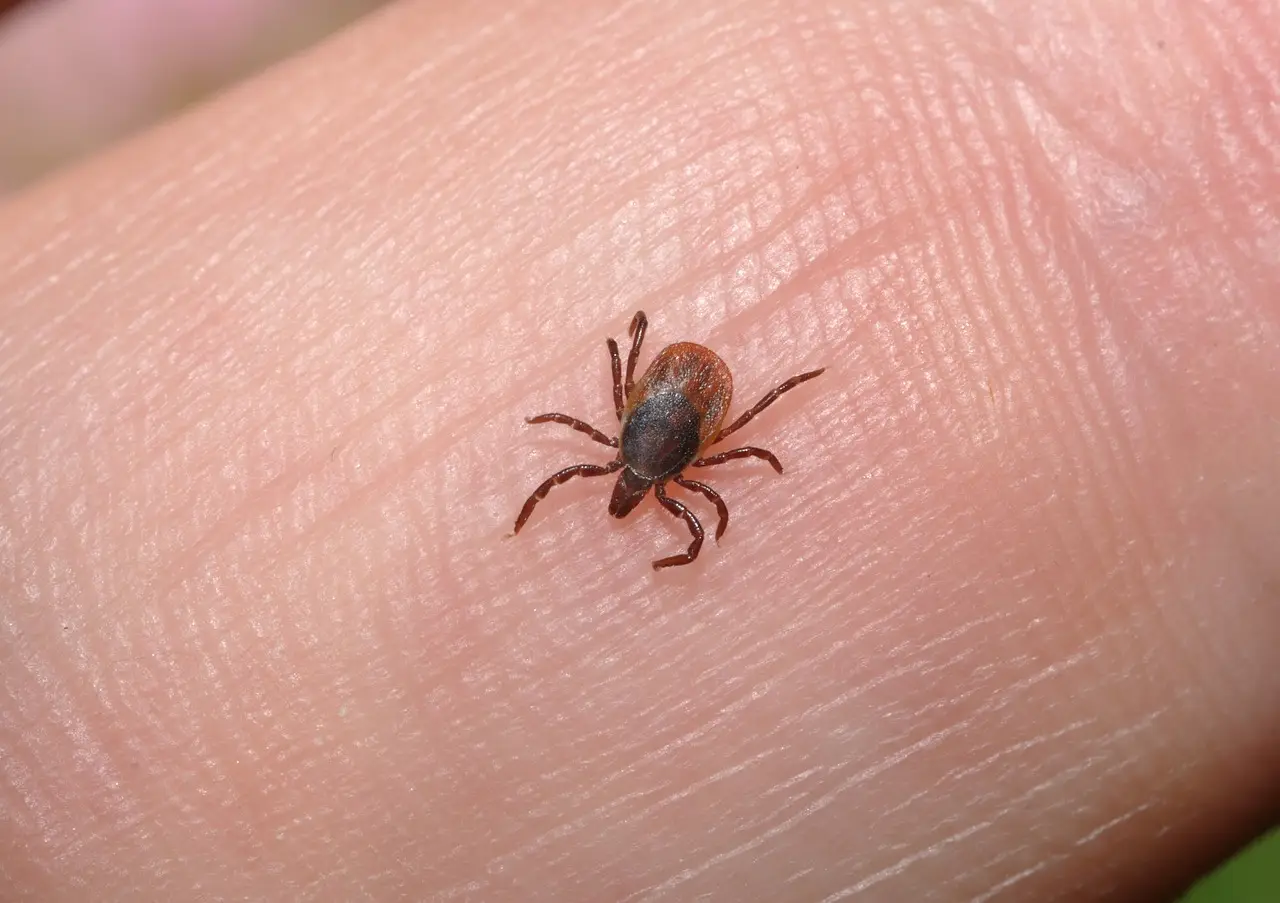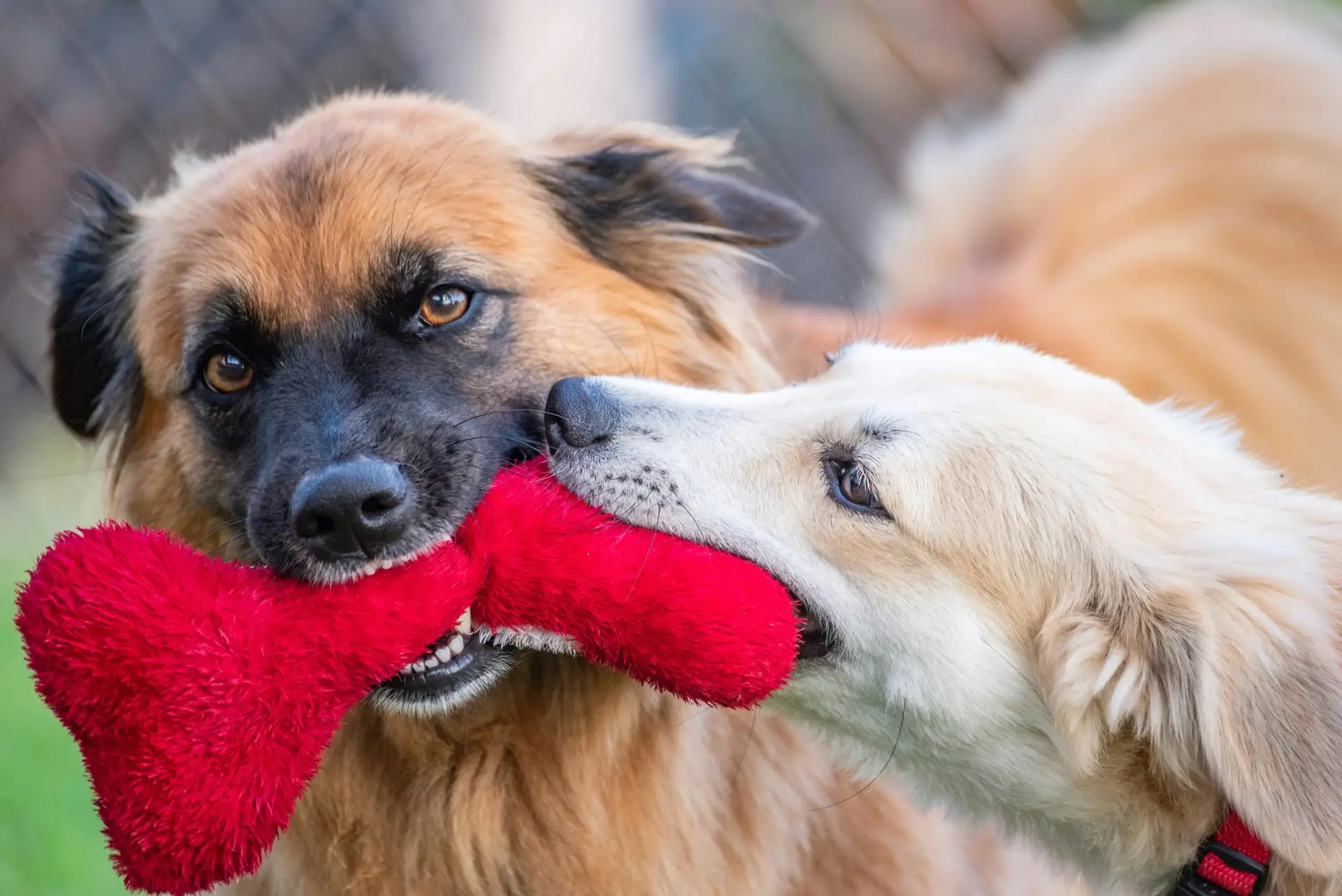Can Dogs Eat Raw Chicken Bones? The question of whether dogs can eat raw chicken bones often sparks debate among pet owners. While there’s a common perception that dogs and bones go hand-in-hand, it’s essential to understand the nuances and potential risks involved. So, can dogs safely enjoy raw chicken bones? Let’s explore the facts.

The Potential Benefits of Raw Chicken Bones for Dogs
Raw chicken bones can offer several benefits for dogs:
- Nutrient-Rich: They are a natural source of essential minerals like calcium and phosphorus, crucial for strong bones and teeth. They also contain magnesium, sodium, potassium, and trace minerals like zinc, copper, and manganese.
- Dental Health: Chewing on raw bones can help clean your dog’s teeth by scraping away plaque and tartar, promoting healthy gums and fresh breath.
- Mental Stimulation: Gnawing is a natural and enjoyable activity for dogs, providing mental enrichment and helping to alleviate boredom. It releases endorphins, contributing to their well-being.
- Improved Digestion: The act of chewing stimulates saliva production, which aids digestion. Bone marrow and cartilage also contain natural enzymes and probiotics that can be beneficial.
- Joint Health: Raw bones, especially those with cartilage, contain glucosamine and chondroitin, which are known to support joint health.
- Natural Source of Protein: Meat attached to the bones provides high-quality protein, essential for muscle growth and repair.
The Crucial Risks Associated with Chicken Bones
While raw chicken bones can be beneficial, it’s vital to be aware of the potential risks:
- Choking Hazard: If bones are too small, dogs might attempt to swallow them whole, leading to choking.
- Internal Injuries: Cooked chicken bones are particularly dangerous as they become brittle and can splinter into sharp fragments that can cause cuts or punctures in the mouth, throat, esophagus, stomach, or intestines.
- Obstruction: Swallowed bone fragments can potentially cause blockages in the digestive tract, sometimes requiring surgical intervention.
- Bacterial Contamination: Raw chicken can carry bacteria like Salmonella or Campylobacter, which can cause gastrointestinal issues in dogs and pose a risk to humans handling the bones or dog feces.
- Dental Fractures: While chewing can clean teeth, overly aggressive chewing on hard bones can lead to broken teeth.
Safe Practices for Feeding Raw Chicken Bones
If you choose to feed your dog raw chicken bones, it’s crucial to follow these safety guidelines:
- Always Feed Raw Bones: Never give your dog cooked bones, as these are prone to splintering.
- Supervise Your Dog: Always supervise your dog while they are chewing on bones to prevent choking or swallowing large pieces.
- Choose the Right Size: The bone should be large enough that your dog cannot swallow it whole. For smaller dogs, chicken wings or necks might be appropriate. Larger dogs can handle bigger pieces like chicken leg bones or thighs.
- Introduce Gradually: If your dog is new to raw bones, introduce them slowly and monitor their digestion.
- Feed Appropriate Amounts: Bones should make up a small percentage of your dog’s overall diet (around 10-15% for a raw diet). Too much bone can lead to constipation.
- Consider Your Dog’s Chewing Style: If your dog is an aggressive chewer, they might be more prone to breaking bones into smaller, potentially dangerous pieces.
- Source Responsibly: Obtain raw chicken bones from reputable sources to minimize the risk of bacterial contamination.
- Avoid Weight-Bearing Bones: These larger bones (like leg bones of larger animals) can be too hard and increase the risk of dental fractures. Poultry bones are generally softer.
- Remove After a While: Don’t allow your dog to chew on a bone for extended periods. Once they have enjoyed it for a good amount of time (e.g., 10-15 minutes), take it away to prevent them from consuming too much or breaking off large pieces.
- Consult Your Veterinarian: Before introducing raw chicken bones into your dog’s diet, it’s always best to consult with your veterinarian. They can provide personalized advice based on your dog’s individual health, size, and chewing habits.
Alternatives to Raw Chicken Bones
If you are concerned about the risks associated with feeding raw chicken bones, several safer alternatives can provide similar benefits, such as:
- Dental Chews: High-quality dental chews designed to clean teeth.
- Rawhide Alternatives: Safer chew options made from digestible materials.
- Specific Dog Toys: Durable toys designed for chewing that can provide mental stimulation.
- Balanced Raw Food Diets: These diets often include ground bone to provide necessary minerals without the risks of whole bones.
Conclusion: Proceed with Caution and Knowledge
While raw chicken bones can offer nutritional and dental benefits for dogs, it’s crucial to be aware of the potential risks and follow safe feeding practices diligently. Always prioritize your dog’s safety and consult with your veterinarian to determine if raw chicken bones are a suitable and safe addition to their diet. When in doubt, safer alternatives are available to ensure your furry friend’s health and well-being.








